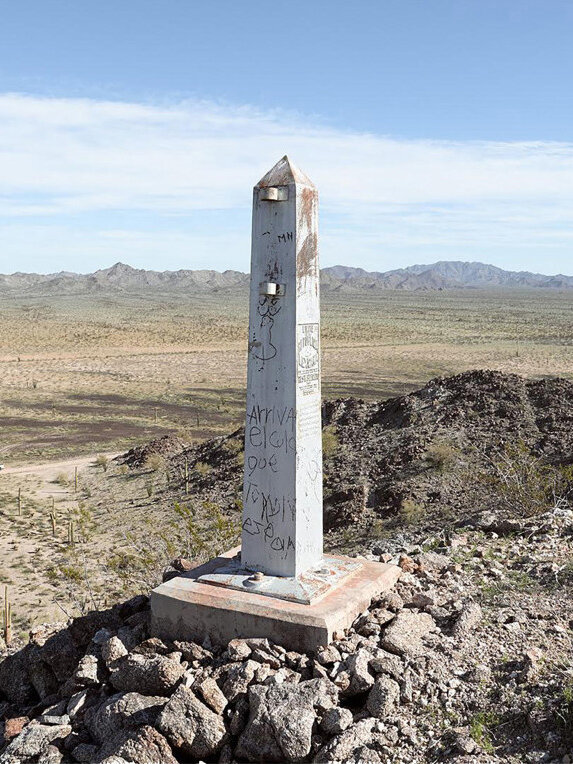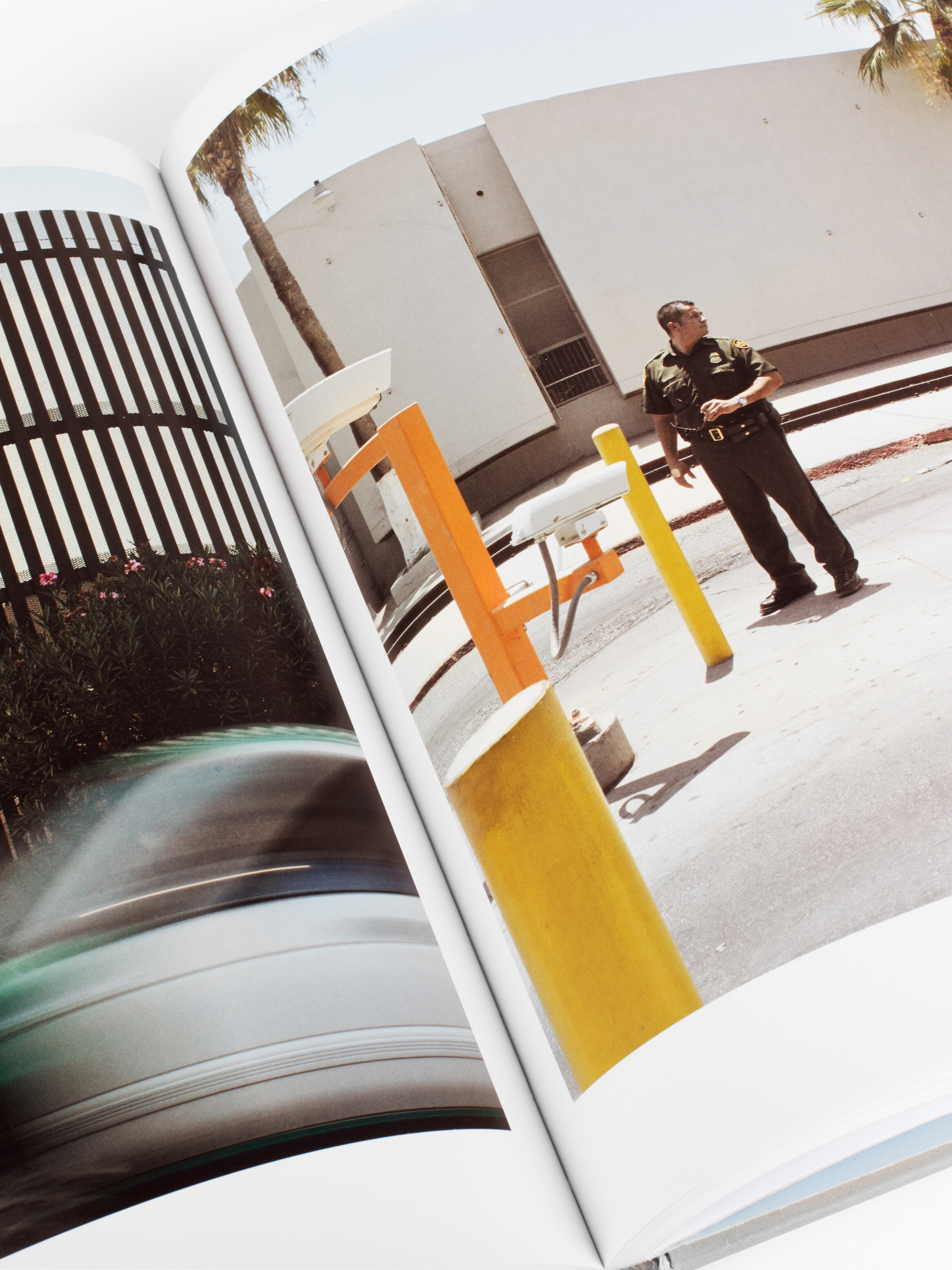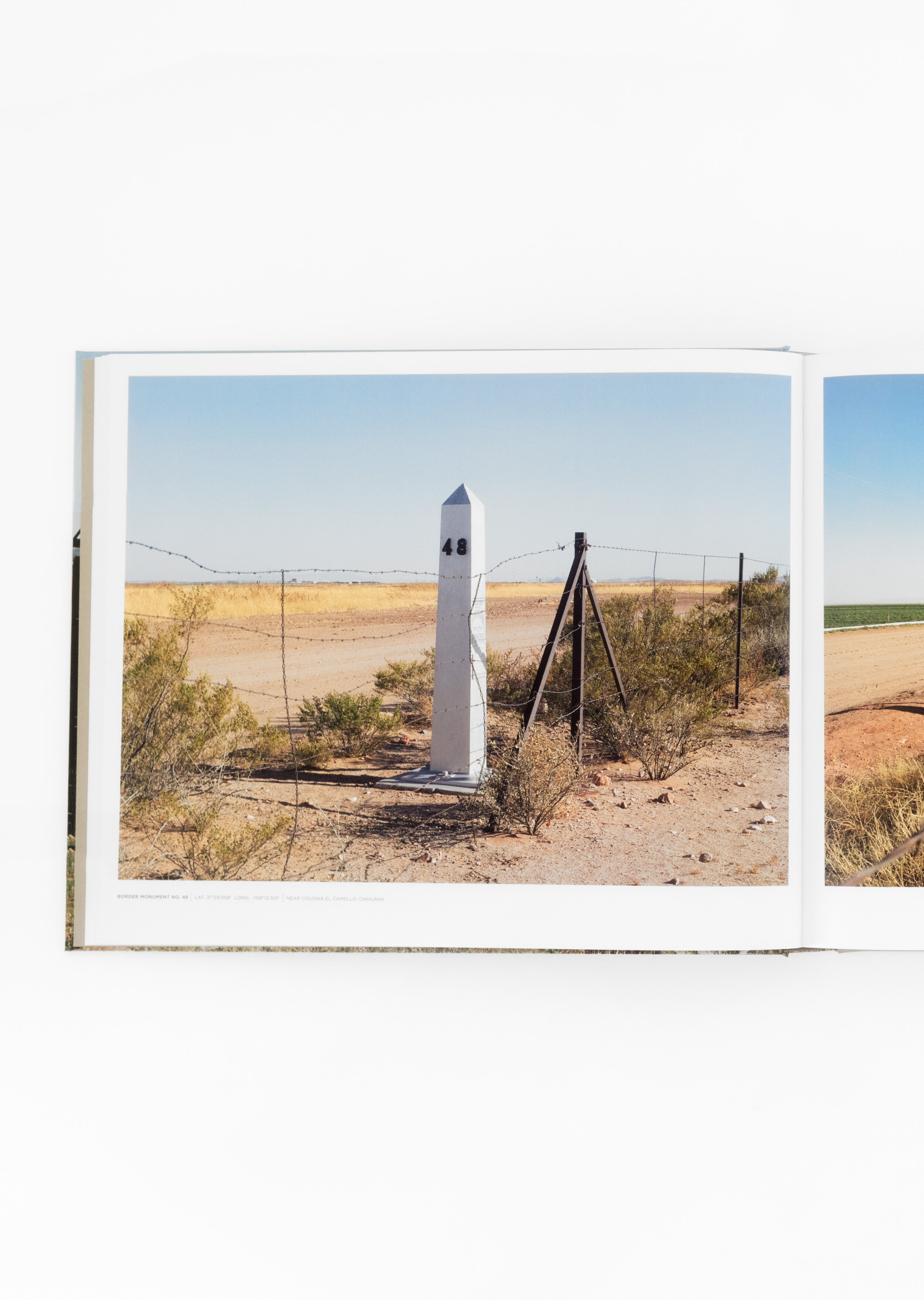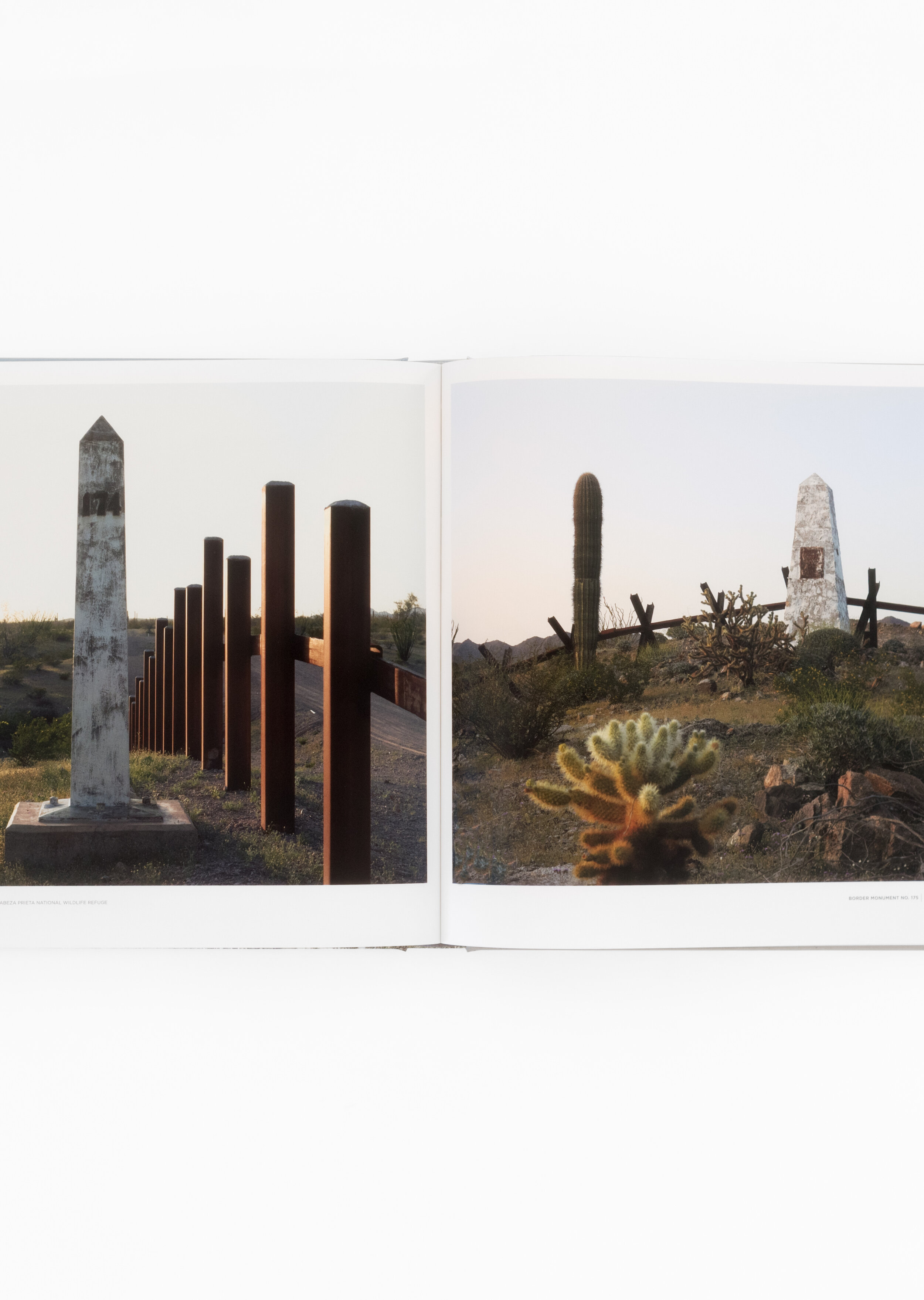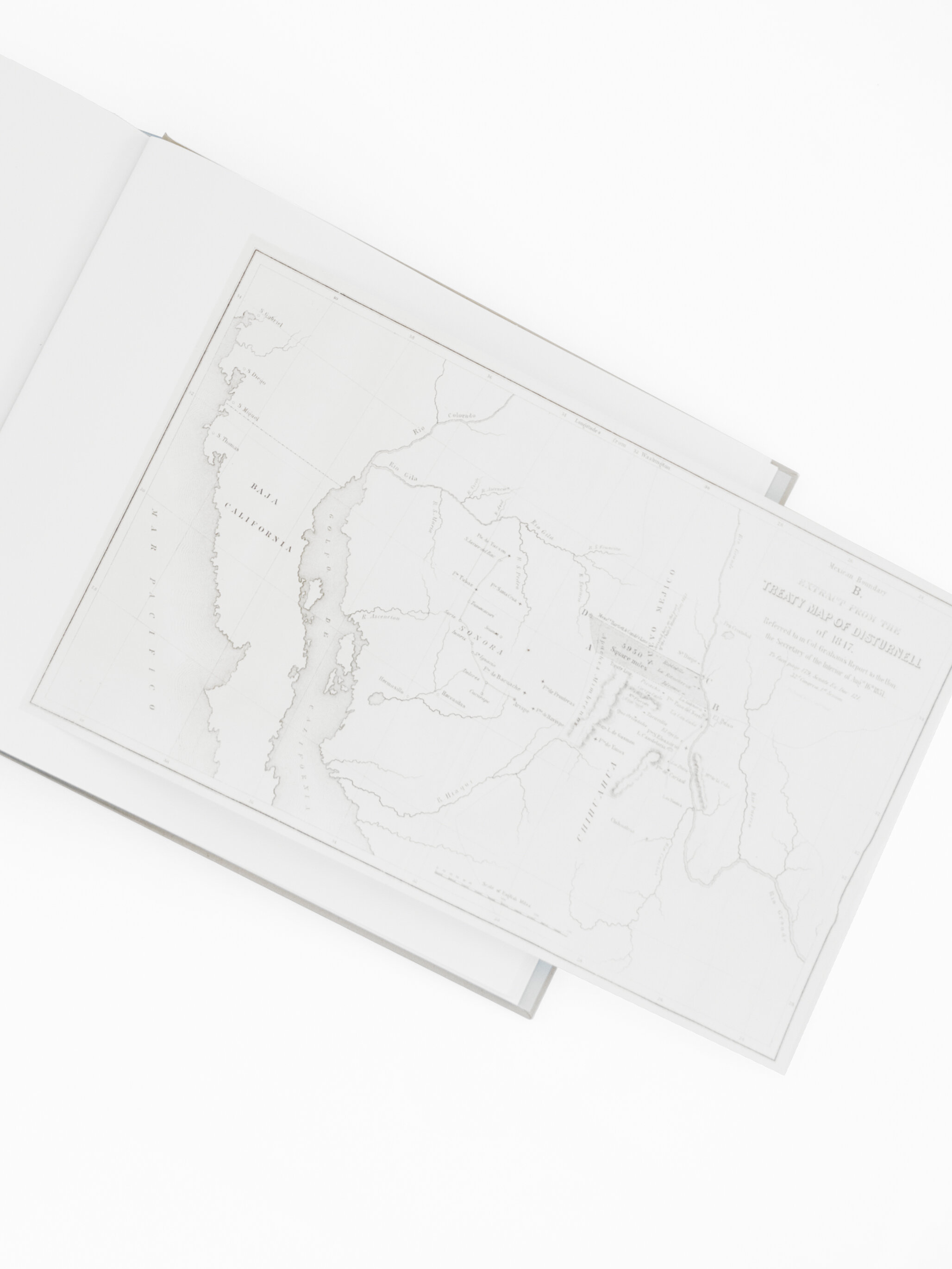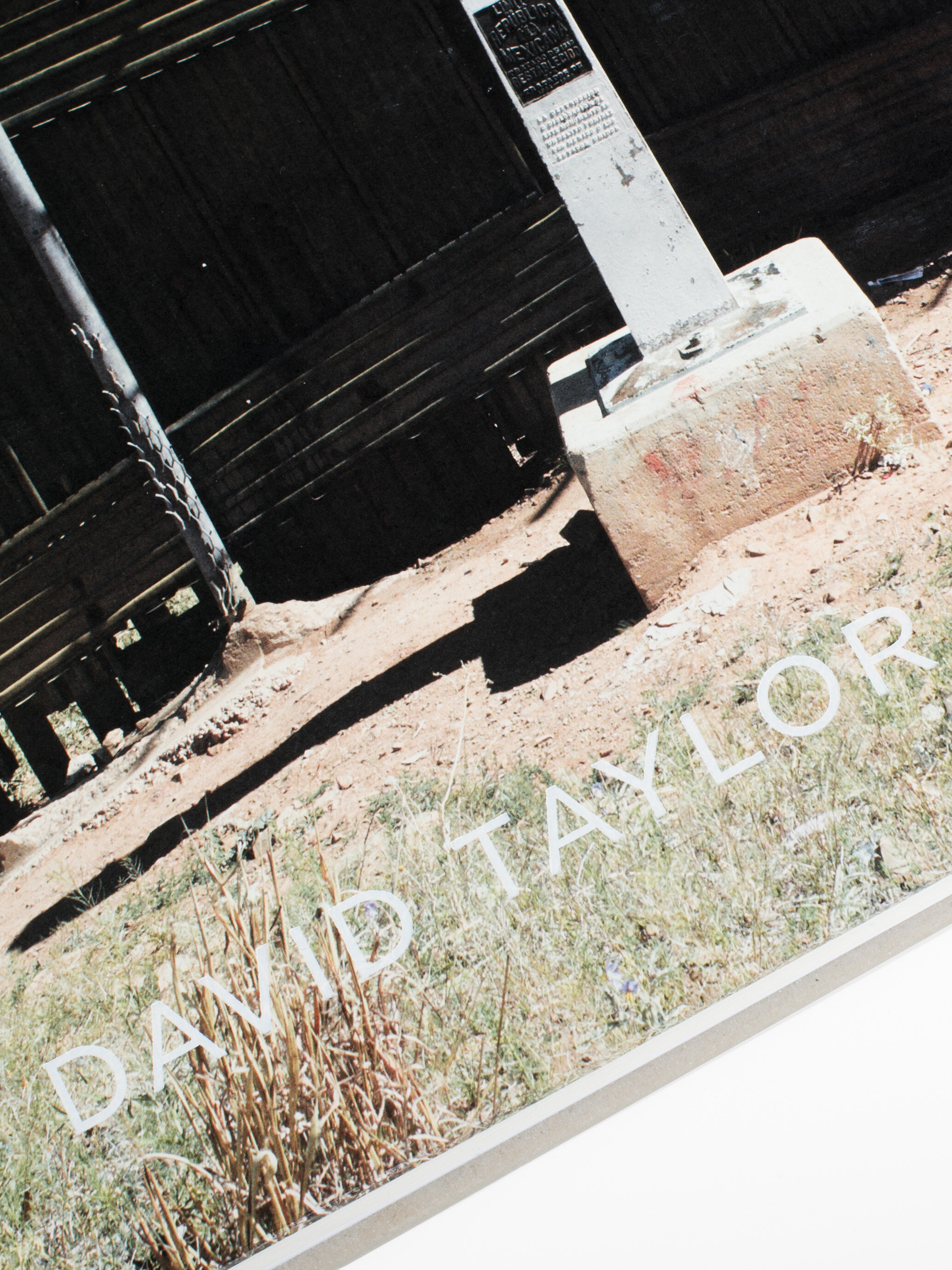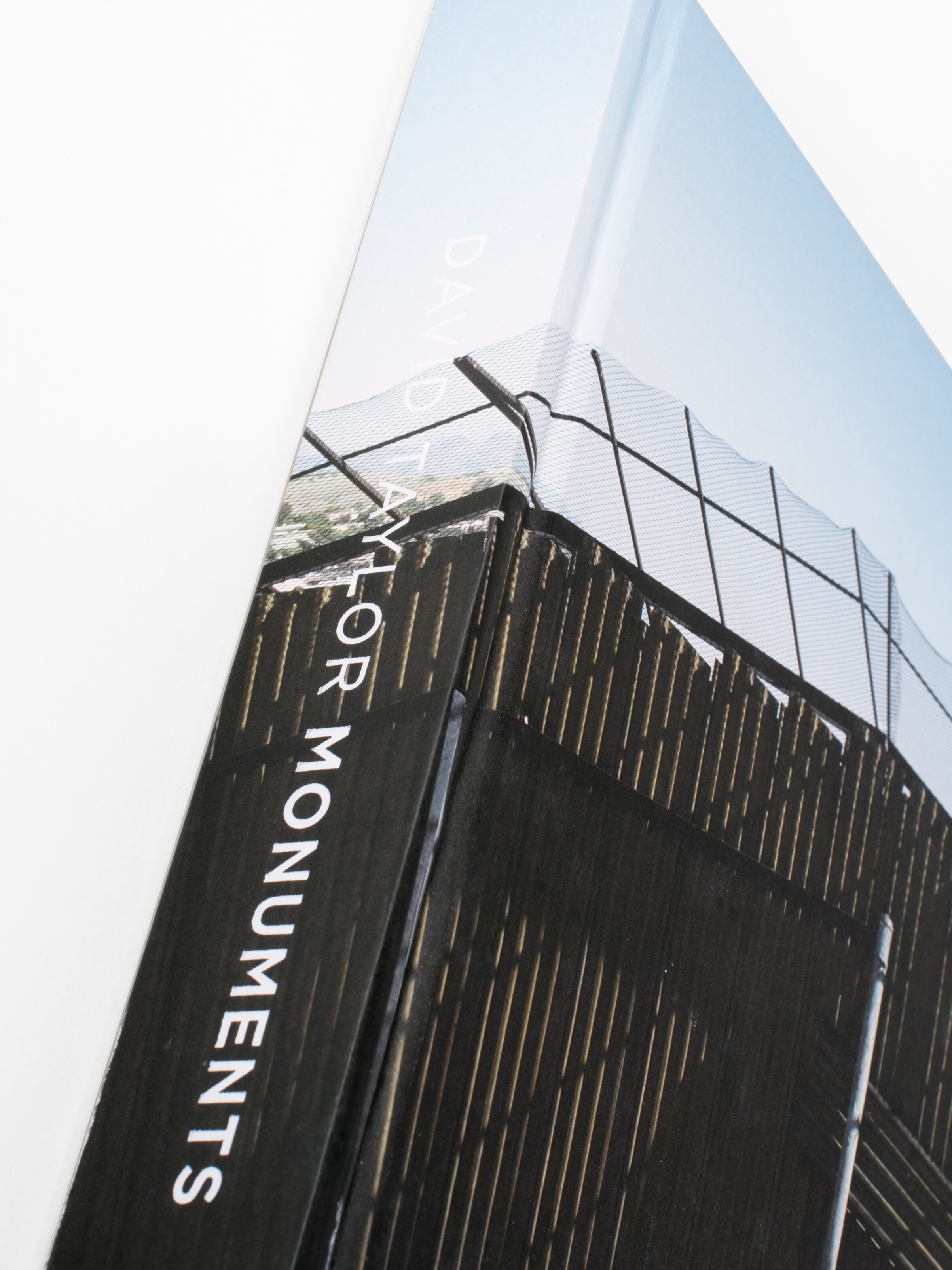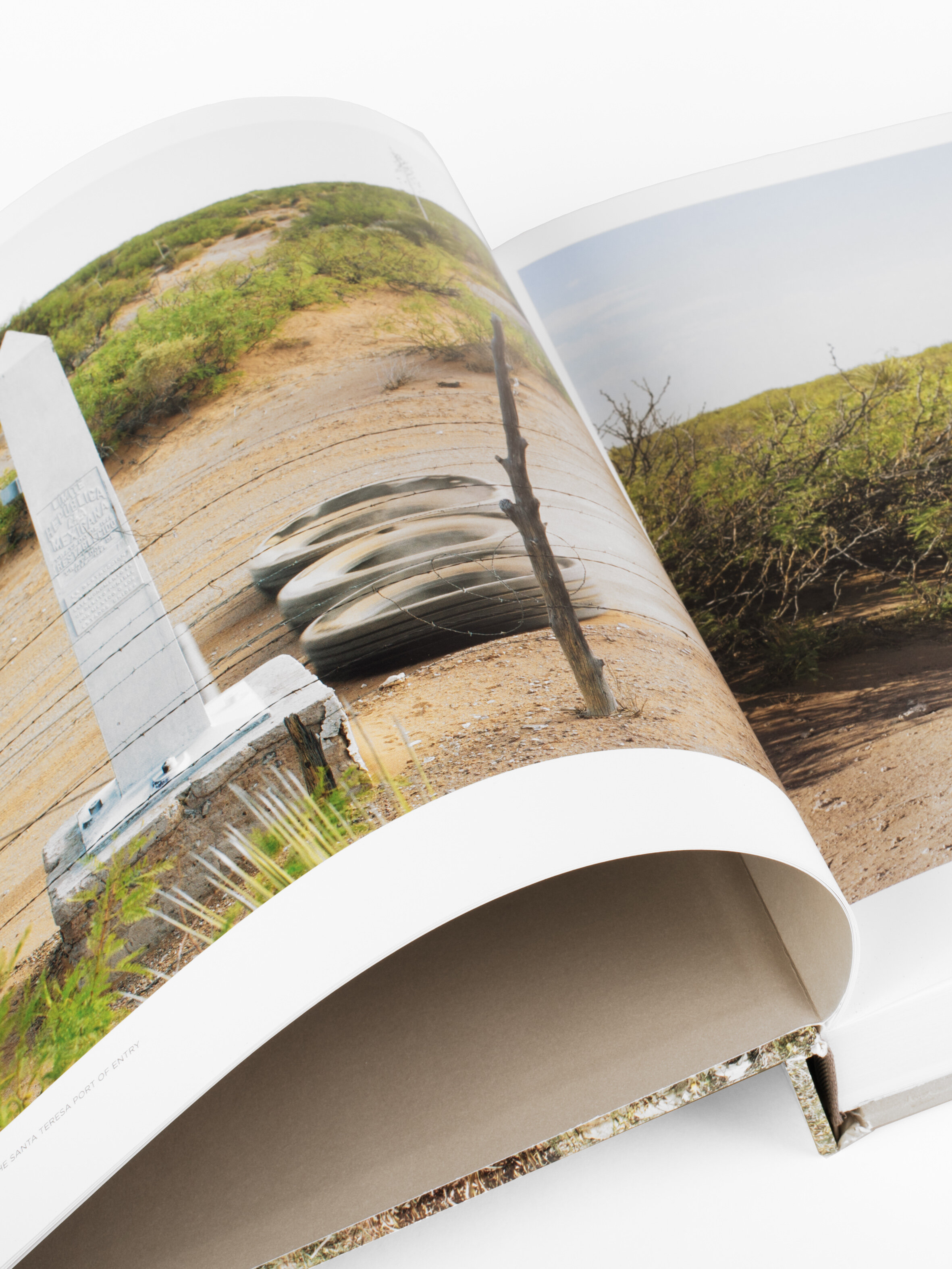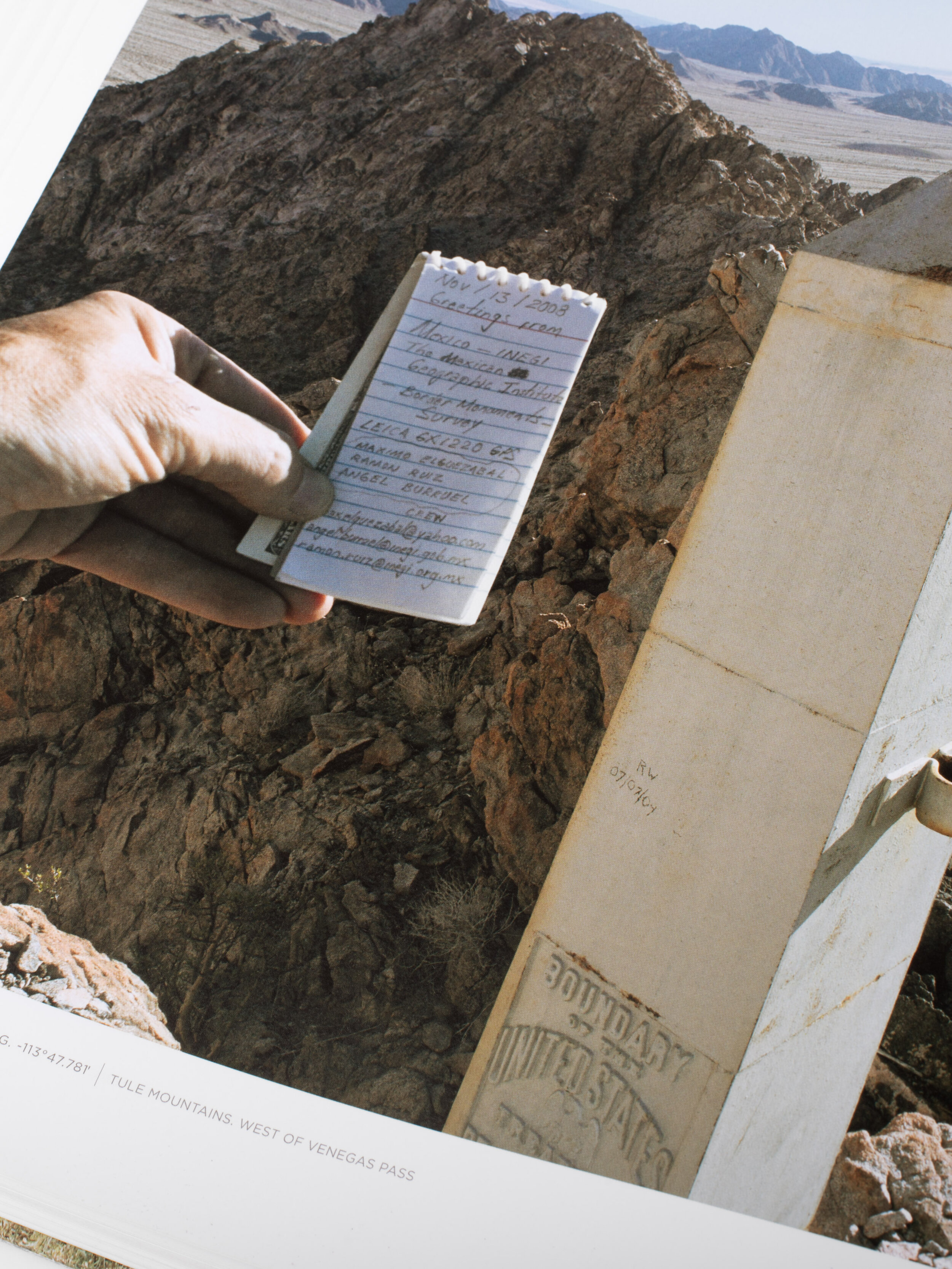David Taylor: Monuments
Encapsulates a seven-year effort across 690 miles that functions equally as geographic survey, typology and endurance project.
Photography by David Taylor
Text by Daniel D. Arreola, Claire C. Carter, William L. Fox, & Rebecca Senf
Hardcover
11.25 x 14.25 in
336 pages / 279 images
Includes two fold-outs
ISBN: 97819344359080
Co-Published with the Nevada Museum of Art
Limited edition of this book available HERE
Encapsulates a seven-year effort across 690 miles that functions equally as geographic survey, typology and endurance project.
Photography by David Taylor
Text by Daniel D. Arreola, Claire C. Carter, William L. Fox, & Rebecca Senf
Hardcover
11.25 x 14.25 in
336 pages / 279 images
Includes two fold-outs
ISBN: 97819344359080
Co-Published with the Nevada Museum of Art
Limited edition of this book available HERE
Encapsulates a seven-year effort across 690 miles that functions equally as geographic survey, typology and endurance project.
Photography by David Taylor
Text by Daniel D. Arreola, Claire C. Carter, William L. Fox, & Rebecca Senf
Hardcover
11.25 x 14.25 in
336 pages / 279 images
Includes two fold-outs
ISBN: 97819344359080
Co-Published with the Nevada Museum of Art
Limited edition of this book available HERE
In 2007, Arizona artist DAVID TAYLOR began photographing the monuments that mark the border between Mexico and the United States west of the Rio Grande. Aiming to document each of the 276 obelisks installed by the International Boundary Commission following the Mexican-American War, Taylor’s project echoes a visual survey made by the photographer D. R. Payne between 1891 and 1895.
While many people have photographed the border, there has been no complete documentation of the monuments in more than 100 years. This volume combines his complete series with texts by curator Claire C. Carter, writer William L. Fox, cultural geographer Daniel Arreola, and an interview with curator Rebecca Senf. Taylor’s extensive notes on the monuments are also included.
In the wake of immigration debates, the drug war and a post-9/11 security climate, the project frames the obelisks as witness to a shifting national identity as expressed through an altered physical terrain.


